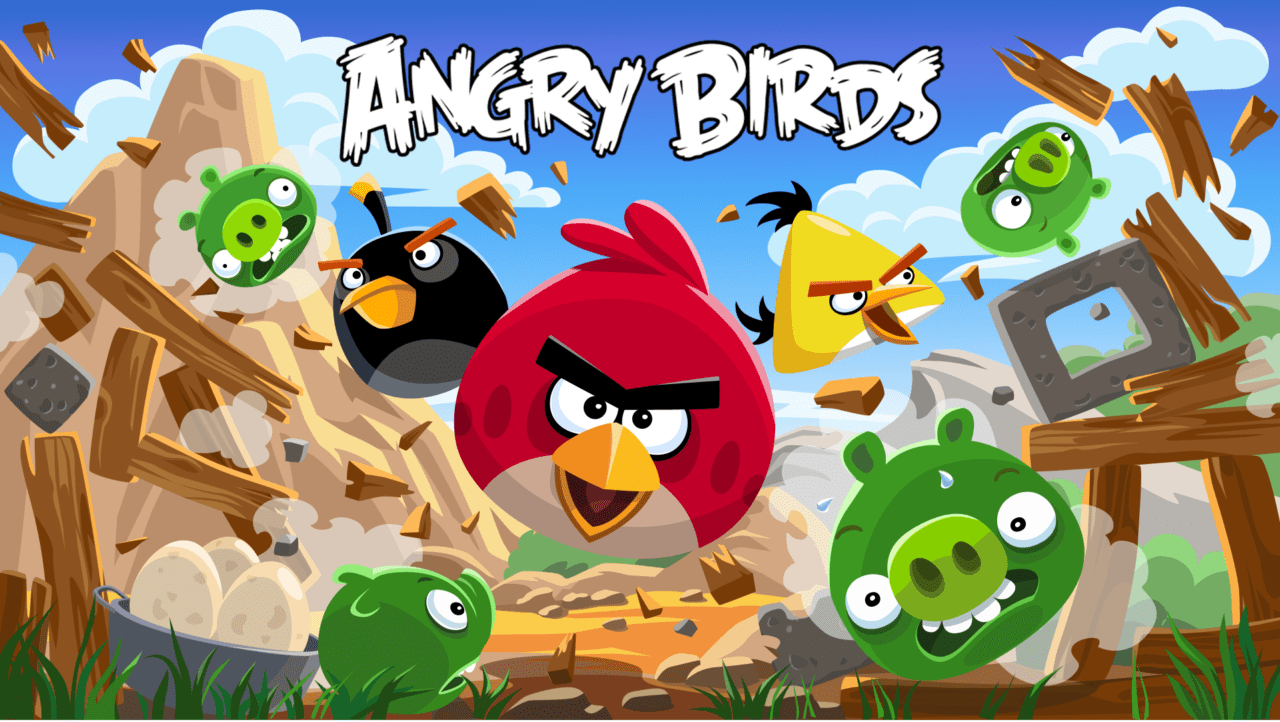
Singapore’s Creative Technology intends to gain broad acceptance for its new audio technology before it tries to sell or license headsets and other equipment, taking a leaf from app developers such as Angry Birds’ maker Rovio that give products for free to gain market share.
The sharp departure from its usual practice of selling high-end audio products at a premium comes as Creative attempts to assuage investor concerns about its ability to cash in on its latest innovation.
Called Super X-Fi, the software allows cinema-quality sounds to be delivered through headsets. It has won rave reviews from analysts since it was first showcased at the CES 2018 consumer technology trade show in January.
Creative’s stock, which has languished for years as the company faded from the scene, surged to a 10-year high earlier this week.

Sim Wong Hoo, Creative Technology’s founder and CEO
Speaking to analysts and media on Thursday, Creative founder and CEO Sim Wong Hoo said that by making available a free app for consumers, the company hopes to achieve 50 million downloads over the next two years, giving it clout in negotiations with consumer electronic firms that might want to license the technology.
Angry Birds, the game that is popular with many smartphone users, managed the feat in half that time, he added.
The strategy right now is to reach out to everybody, he said. “The viral app (generates) no revenue but it saves us all the marketing dollars. If you charge for the app, you’ll need to spend a lot on marketing,” he said.
He added that unlike app developers, which sell enhancements to its free software, Creative can also sell hardware such as dongles that have the Super X Fi algorithms running on a separate processor to improve performance.
Creative plans to launch a free app in the second quarter, and follow it up with a dongle that will retail for around $150 each. A Super X-Fi-powered wireless headphone is planned for the fourth quarter.
According to Sim, Creative is prepared to adopt a business model for Super X-Fi that involves focusing on further developing the underlying technology and leaving licensees to develop various consumer products.
Neo Wee Wu, a tech blogger, said Creative’s strategy of trying to capitalize on the technology through licensing makes sense as the company lacks broad consumer appeal.
“Creative as a brand is not selling very well. It is seen as value for money rather than a name for high tech equipment,” he said.
Creative most recently posted a net loss of $4.2 million for the second quarter ended December as revenues slipped 6% year-on-year to $20.9 million. In its heydays in the early 2000s, the company had annual revenue above $1 billion.
The company was hugely successful in the ’90s thanks to its Sound Blaster family of add-on cards, which became an industry standard for devices that turned beeping and pinging PCs into stereo players.
However, it lost its edge as stereo quality sound became a standard feature in PCs and new technology emerged.
It was also a pioneer in pocket-sized digital music players, and its Zen players were once second only to Apple’s iPods in the global market.
–Kevin Lim